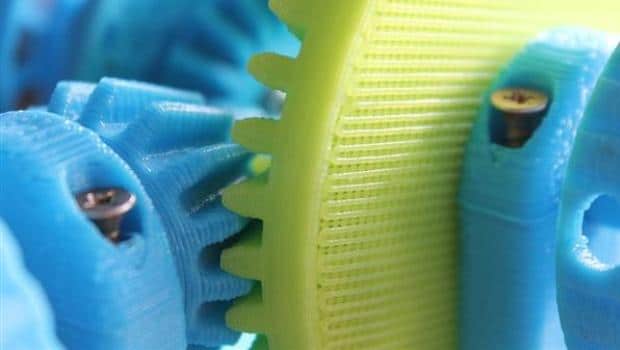3D printing could save about $100 billion a year of the manufacturing industry in the US. These facts were revealed by the National Institute of Standards and Technology (NIST). This institute conducted an extensive study of various manufacturing areas like headphones to complex automobile sectors.
About $4.1 billion could be saved which equates to 18.3% reduction in costs, the NIST revealed. These production techniques could be replaced by additive manufacturing which would be much more effective. The study also emphasized the need for a rigorous measurement science and ‘proof-of-concept’ to cater to the emerging technologies.
The results were derived after interviewing managers, manufacturers, researchers, and product developers. They were asked to identify 5-10 hurdles in the adoption of additive manufacturing techniques. Processes like implementing a 3D production line, printing speed, and skill set techniques are the main problems that come in the way of additive manufacturing implementation. The businesses need to revise their analytics and calculations at this turning point. The results could point to the embracing of 3D printing techniques.
NIST economist Gary Anderson said that factors like gaps in the infrastructure, lack of reliable measuring and test methods, the absence of scientific measurement techniques are a few factors that limit the usage of additive manufacturing. Additive manufacturing can be supported by robotics, roll-to-roll, and smart manufacturing to save the amount of $100 billion in overall manufacturing processes. NIST insists that smaller units will also have to adapt these modern techniques to save on the costs. A non-proprietary and standard measurement system has to be adapted to switch to additive manufacturing.
Localized production will curtain transport and storage costs, and mass scale customization could also lower the cost incurred in production. 3D printing is now being tailored to meet large scale manufacturing requirements. While many manufacturers have resorted to 3D printing for production processes, others are waiting for the mass change which is foreseen in future.
Source: 3ders.org
